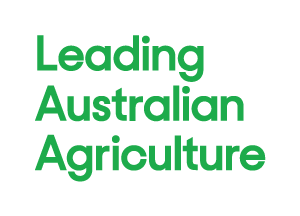Comments attributable to NFF President David Jochinke:
Today’s roundtable is a welcome opportunity to rethink how agriculture can help lift Australia’s productivity.
Let’s be clear, agriculture already pulls its weight, contributing about $90 billion to the national economy and supporting about 275,000 jobs. We’re not just part of the economy, we are a driver of it.
I am honoured to represent our members and Australian farmers at today’s session on “international risks, opportunities and trade”.
Agriculture is one of Australia’s most trade-exposed sectors, with over $70 billion in produce exported each year. Right now, we’re navigating one of the most complex and changing global trading environments in a generation.
As the global chessboard shifts, Australia needs to play smart and stay competitive.
Last week, at the Minister for Agriculture, Fisheries and Forestry’s “Unlocking Productivity in Australian Agriculture” roundtable we outlined six key priorities to drive productivity growth. On trade specifically, we see real opportunities in:
- Expanding market access in Southeast Asia
- Advancing Free Trade Agreements (FTAs) with the Gulf Cooperation Council, the European Union and India
- Tackling non-tariff barriers that restrict trade
These are actions within reach for industry and Government to pursue together.
ABARES has noted: “Productivity growth also enables farmers to earn higher returns on capital, higher wages, higher profits and can increase the agricultural contribution to national income. It can also lead to lower prices for consumers and reduced environmental impacts.”
The NFF could not agree more. Productivity wins in agriculture are wins for farmers, for consumers and for the broader economy. They’re also essential to achieving our goal to becoming a $100 billion industry by 2030.



